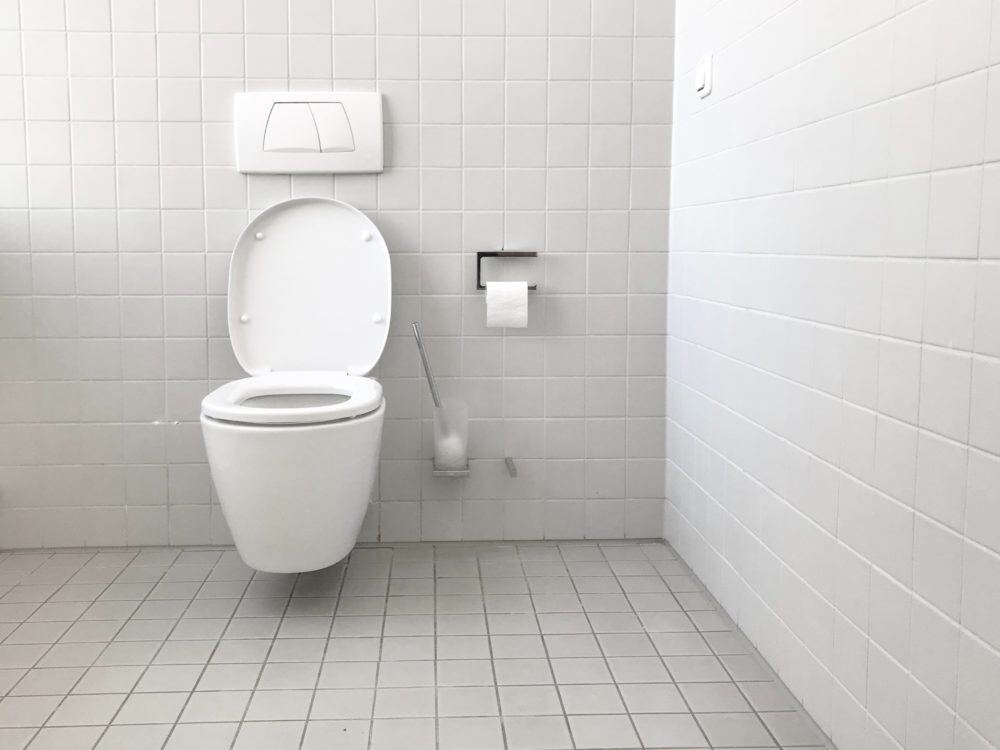Bladder spasms happen when your bladder muscles contract or tighten. If these contractions continue, it may cause an urge to urinate. Because of this, the term “bladder spasm” is often used synonymously with overactive bladder. OAB is also known as urge incontinence. It is characterised by an urgent need to empty your bladder and the involuntary leakage of urine. It’s important to understand that a bladder spasm is a symptom. OAB is typically the larger issue, though it can be caused by other things.
Bladder spasms can also be a symptom of infection. Urinary tract infections are temporary infections that can cause burning, urgency, spasms, and pain. With treatment, these infections can clear up and your symptoms can virtually disappear. Keep reading to learn more about what spasms are, how they are managed, and what you can do to prevent them.
What a bladder spasm feels like
The most common symptom of bladder spasms is feeling an urgent need to urinate. The spasm may lead to leakage or incontinence. If your bladder spasms are caused by a UTI, you may also experience the following:
- Burning sensation when you empty your bladder
- Ability to pass only small amounts of urine each time you use the bathroom
- Urine that looks cloudy, red, or pink
- Urine that smells strong
- Pelvic pain
If your bladder spasms are the results of OAB or urge incontinence, you may also:
- Leak urine before reaching the bathroom
- Urinate often, up to eight or more times each day
- Wake two or more times during the night to urinate
What causes bladder spasms?
Bladder spasms are more common as you age. That being said, having spasms is not necessarily a typical part of ageing. They often indicate other health issues that, left untreated, can worsen over time. In addition to UTIs and OAB, bladder spasms can be caused by:
- Constipation
- Drinking too much caffeine or alcohol
- Certain medications,
- Diabetes
- Impaired kidney function
- Bladder stones
- Enlarged prostate
- Neurological disorders, such as Parkinson’s disease, Alzheimer’s disease, and multiple sclerosis
- Irritation from the urinary catheter
If you have trouble walking, you may develop urgency if you are unable to get to a restroom quickly enough to relieve yourself. You may also develop symptoms if you do not fully empty your bladder when you use the bathroom. If you have concerns about your urgency to go, it’s a good idea to make an appointment with your doctor. They can help get to the root of the issue, as well as develop an appropriate treatment plan for you.
How doctors diagnose what is causing the spasm
Before running any tests, your doctor will assess your medical history and notes on any medications you are taking. They will also perform a physical exam. Afterwards, your doctor may examine a sample of your urine to check for bacteria, blood, or other signs of infection. If an infection is ruled out, several tests can help diagnose bladder issues.
Some tests measure how much urine is left in your bladder after emptying. Others measure the speed of your urination. Some tests can even determine your bladder pressure. If these tests are not pointing to a specific cause, your doctor may want to perform a neurological exam. This will allow them to check for different sensory issues and certain reflexes.
If you feel you are experiencing bladder spasms then contact your GP and get it treated.
.png?width=319&height=105&name=logo%20(1).png)





LEAVE A REPLY Cancel Reply
Your email address will not be published. Required fields are marked *